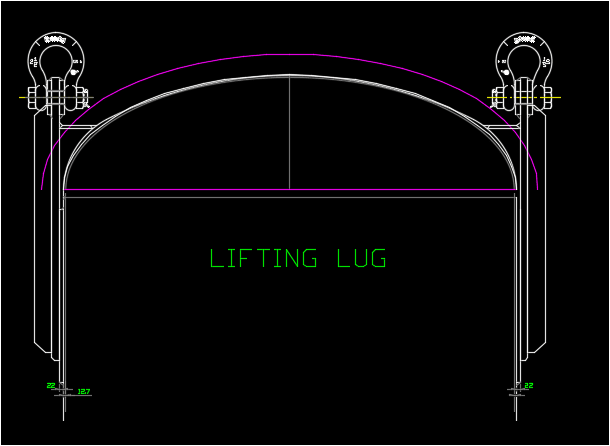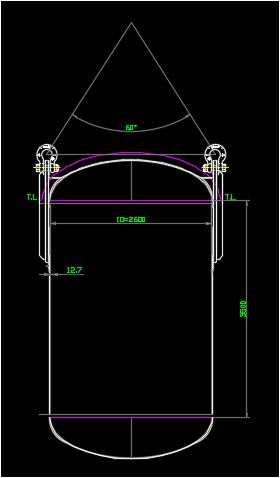@TGS4, Ha, ha, your words are too serious. Anyway thanks your kind advise.
I know that currently nobody considers the ellipsoidal head strengthening effect for the lifitng lug whatever engineering practice, softwares or engineering books. Some case to increase the thickness ( or a bean support if possible) of the top shell course is just for the lifting lug. It is just a discussion here, I would not put it into my design if no solid theory basis and suceccesful engineering practice.
If you are a university student, it doesn't matter. However, if you work for a company, it won't be. You may not use the house to mortgage, but you may lose the job. A good design shall be correct, easy, simple and saving cost.
If it is really FEA widely used by manufatures, the design results often vary from person to person. The standardization of pressure vessel design with finite element may be another issue to be solved. It's a personal opinion only.
Thanks,



